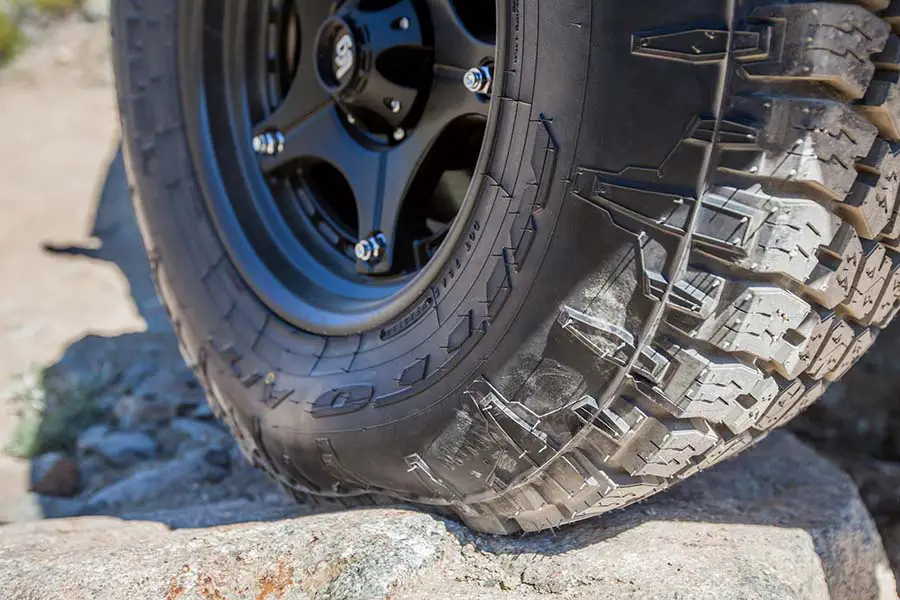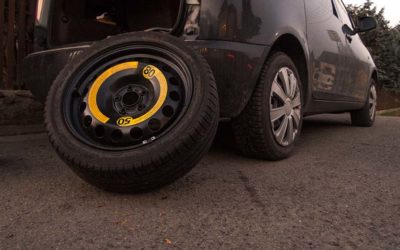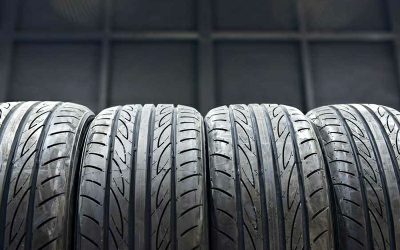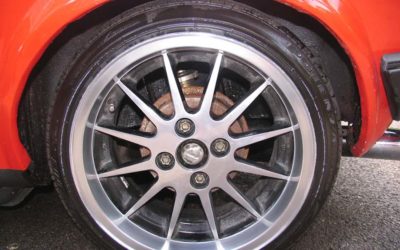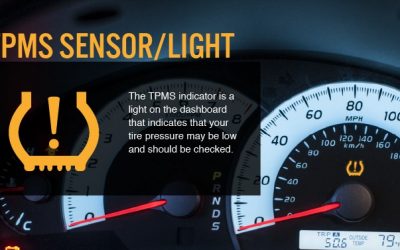Tires are crucial in managing vehicle mobility while ensuring a smooth ride for the driver. The most popular and safe recommendation for common drivers includes two types of flat tires- the 10 and 4-ply tires. Yet, it can be difficult for new drivers to determine which product they are looking for!
If you are also printing this case, don’t worry! Our article will give you the most detailed and comprehensive look at the 4-ply vs 10-ply tires in many different ways. Scroll down and discover together now!
4 Ply Vs 10 Ply Tires- Which One Will Make Your Life Easier?
Before coming to the main comparison section, you should have a thorough understanding of the 4 ply and 10 ply tires meaning. These numbers refer to the number of cotton layers each tire product has, also known as the “tire load range“.
The two products above serve very different purposes, making it difficult to determine which one is what you’re looking for. For more information before making a final decision, scroll down and discover how they work!
Load Range
Let’s start the comparison by specifying how much load each product can deliver to the rider (at a particular pressure). If you do not know this field, please refer to the load chart below to gain more information about the types of flat tires available on the market today.
| Load Range | Number of Ply Tires |
| B | 4 |
| C | 6 |
| D | 8 |
| E | 10 |
| F | 12 |
Follow the table above, and you should be able to visualize the difference in load ratings of the 4-ply and 10-ply products. Specifically, the 4-ply tires (B load tires) provide a maximum air pressure level of 35 PSI (240 kPa). The 10 ply tire, meanwhile, can deliver a maximum pressure of up to 80 PSI (~550kPa).
We greatly appreciate the power that 10-ply tires can bring to the vehicle it combines. Compared to its rivals, 10-ply products will give the driver a more breakthrough speed experience on all roads.
Vehicle Mobility
If you compare vehicle mobility closely, you will realize that each product has strength in two distinct mobility environments. Therefore, it is difficult to conclude the question, “which is the better product, 10 ply or 4 ply tires?”.
According to information provided by manufacturers, 4 ply tires are only suitable for light vehicles. This standard tire product is suitable for flat roads and is not intended for activities that require vigorous handling, such as towing.
Currently, most passenger vehicles in towns and cities are equipped with 4-ply tires (or even 6-ply to increase the load). If your purpose is only to move around your place on flat terrain, the product you need right now is 4-ply tires.
What about 10-ply products? It is known by nicknames like “Extra Load” or “Reinforced” due to its design which is specifically for offroad use, towing, and cargo handling.
This type of tire often appears with heavy load vehicles, such as trucks, containers, and trailers with heavy materials. Besides transporting goods, it is also ideal for traveling on bumpy and gravel roads, especially the way up the mountain.
Noise Levels
The 4-ply tires score more points in drivers’ eyes than their rivals in terms of the noise level. This product has excellent traction thanks to a special design made mainly of soft compounds, thereby significantly reducing noise.
Meanwhile, the 10-ply tire’s material tends to be stiffer, and the mechanism is stronger, resulting in a higher noise level than the 4-ply product.
Traction Ability

Thanks to the soft design, the 4-ply tires have excellent traction even in all weather conditions, especially in warm and dry weather. In addition, it scores more points for its agility in operation, ensuring safety when entering a corner or in cases where urgent braking is required.
In the field of traction, the 10-ply tire, although performing well, is still a bit worse than the competition. Moving your vehicle inside the town will cause a bit of a problem, especially if the road terrain is flat and slippery.
Fuel Economy
The level of fuel consumption when operating the two tire products above is also a factor that drivers are extremely interested in. In this battle, the 4-ply tire once again scored as the winner.
Low rolling resistance and ideal range improve the vehicle’s overall fuel economy. On the other hand, 10-ply tires are usually intended for heavy transport operations, resulting in more fuel efficiency.
Smooth User Experience
You can’t deny the idealism of the 4-ply product regarding user experience! Its lightweight and perfect grip will give you the smoothest ride quality around your town.
If you need to transport heavy goods or move on offroad journeys, there is no better product than the 10-ply product. Its outstanding towing ability allows it to control the vehicle well without any rollover.
Durability
Heavy-duty flat tires tend to be more durable than products for general travel purposes. In these terms, are 10 ply tires better than their competitors?
We appreciate the 10-ply tire more than its competition in terms of construction.
Since it is intended for offroad use as well as transportation purposes, the tire sidewall tends to be stiffer than the conventional one. This also makes the tire more durable and prevents impacts from external forces, such as rocks and potholes.
While the tenacity of the 10-ply tires is ideal for offroading, the products will soon wear out if your usage exceeds their tolerance limit. Besides, moving a tonnage tire frequently in the town area like a 4-ply tire will soon be a waste of money.
All products will inevitably wear out after a period of use. The best solution for you is to avoid sunlight, use it for a suitable purpose, and regularly check the tire pressure.
Quick Rundown Of The 4 Ply Tires
Pros
- Budget-friendly price
- Ideal fuel economy
- Great traction
- Ability to effectively reduce noise
- Good overall performance
Cons
- Less durable
- Not for bumpy roads
Quick Rundown Of The 10 Ply Tires
Pros
- Powerful operating mechanism
- Ideal durability
- Perfect for construction purposes
Cons
- Limited traction
- Limited fuel economy
- Not suitable for on-road use
Final Verdict
Choosing a suitable product between 4-ply vs 10-ply tires is never easy, whether you are a newbie or an experienced driver. Through this article, we advise you to use 4-ply tires for moving around your place. If your job involves transporting heavy goods, choose 10-ply tires.
We hope you have made the right decision through our analysis and advice in this article.

